Dutch Elm Disease (DED) has devastated Manitoba’s native American Elm tree population since its arrival here in 1975. Dutch elm disease is a fungal disease that blocks water movement in elm trees and eventually leads to the death of the entire tree. A dead or dying elm attracts elm bark beetles, which breed underneath the bark of the tree. Beatles emerging from trees killed by Dutch elm disease are contaminated with the spores of the fungus and spread them to other elms to feed or spend the winter. Although more resistant than the American elm – Siberian elms can still become infected and not only help the disease spread to more trees – but also die as well.
Sign and Symptoms
Trees may produce sparse leaves in spring. In early summer, you’ll notice a sudden wilting of leaves, usually at the top of the tree. Leaves curl and turn brown but do not fall from the tree. In late summer, leaves may become yellow and fall prematurely.
Symptoms can spread quickly throughout the tree.
Prevention
Watering & Fertilizing
- Your trees can be kept healthy by watering and fertilizing. Click here to learn more about watering.
Prevention - What you need an arborist to do
Pruning
- Prune dead or dying branches immediately.
- Pruning restrictions in the Dutch Elm disease act
prohibits pruning elm trees between April 1 to July 31 (Winnipeg). - It is illegal to store or transport elm wood for any
other reason than disposal at a landfill designated to
receive elm wood.
Basal Spray
- Controls elm bark beetles, the carriers of Dutch Elm Disease, by spraying insecticide onto the lower 50 cm of elm trees.
- This is done in late summer/fall.
Therapeutic Injection
- Fungicides Arbotect® 20-S are injected directly into elm trees to prevent the DED fungus from growing in the tree.
- Injections should be performed by licensed injection specialist in order to obtain effective results.
- The procedure is most effective when leaves reach full size.
- This treatment needs to be repeated every few years.
Insect Control
- Repeated defoliation by defoliating caterpillars will weaken the tree making it susceptible to DED. Early treatment by spraying the leaves of the tree in early spring with an environmentally friendly product (BT) can prevent this.
- Tangle foot banding: Although this is still a widely used method of control for Cankerworms. Unfortunately, it is ineffective for other defoliators, such as Elm Spanworm, and does not prevent migration from un-banded trees. In most cases, banding will only control a small percentage of defoliators.
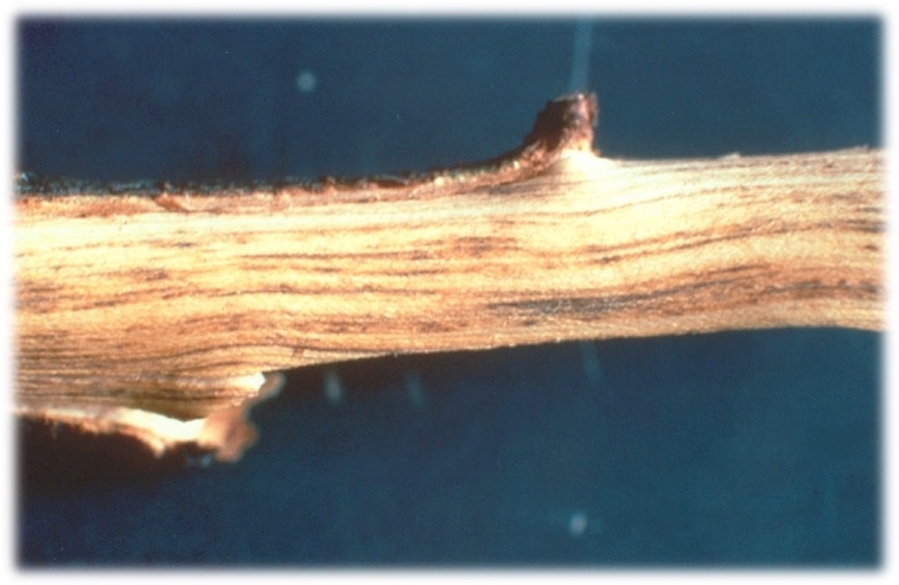
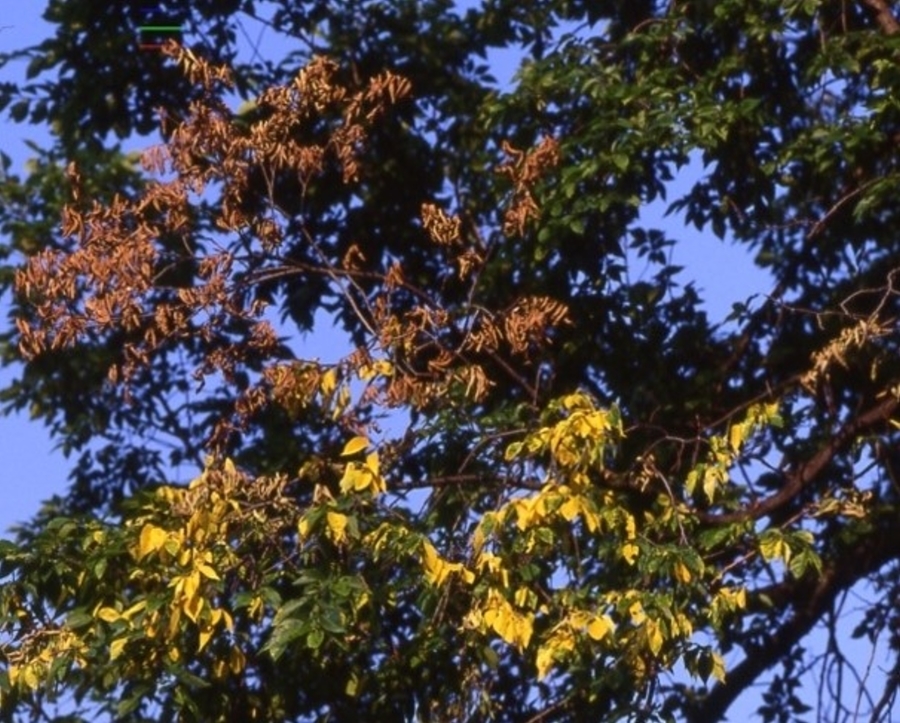
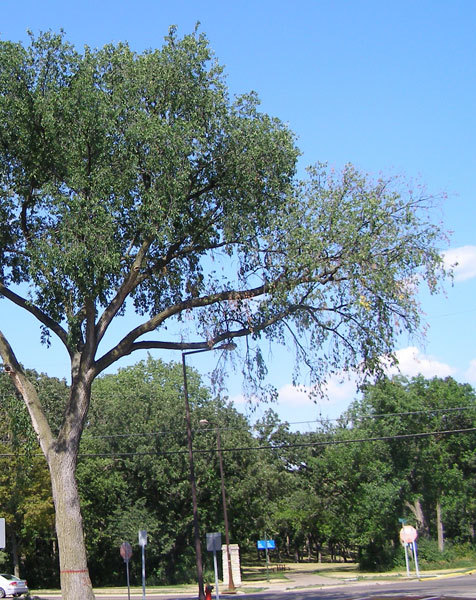
Arbotect Dutch Elm Disease (DED) Prevention - How to prevent Dutch Elm Disease (DED)?
One application of Arbotect® 20-S protects the entire tree for up to three years yielding significant cost savings. The most common
method of transmission of DED is on the bodies of elm bark beetle which feed on 2-4-year-old branches. There are multiple generations of elm bark beetles per year. Thousands of beetles may hatch from a singletree.
Multi-year control prevents transmission by elm bark beetles at peak flight times early in the growing season. To protect a tree from a beetle-transmitted fungal infection, Arbotect® 20-S must be evenly and completely distributed throughout the 2-4-year-old branches.
To ensure even distribution, Arbotect® 20-S is injected using the Macro-Infusion injection method. Macro-Infusion injects a large volume of solution into the root flares of the tree. This solution is then transported throughout the canopy providing a protective fungicide barrier.
Only Arbotect® 20-S has the ability to move into the newly formed sapwood, while resisting degradation resulting from cold, heat, and other adverse conditions.
Arbotect® 20-S was first registered over 30 years ago and has a proven 99% success rate when applied as per the manufacturer’s directions.
Timing of Application
Applications can be made after leaves have fully flushed in the spring. Treatments can continue throughout the growing season, or until fall colour begins.
Treatment should be used in conjunction with an insect control and sanitation program (early detection and rapid removal of infected trees) in order to obtain the best results.
The use of Arbotect 20-S does not prevent the transmission of Dutch elm disease via root grafts.
Effect on Humans and Pets
This product has low toxicity in animal studies. Since the product is injected into the tree, direct contact with the pesticide is very unlikely.
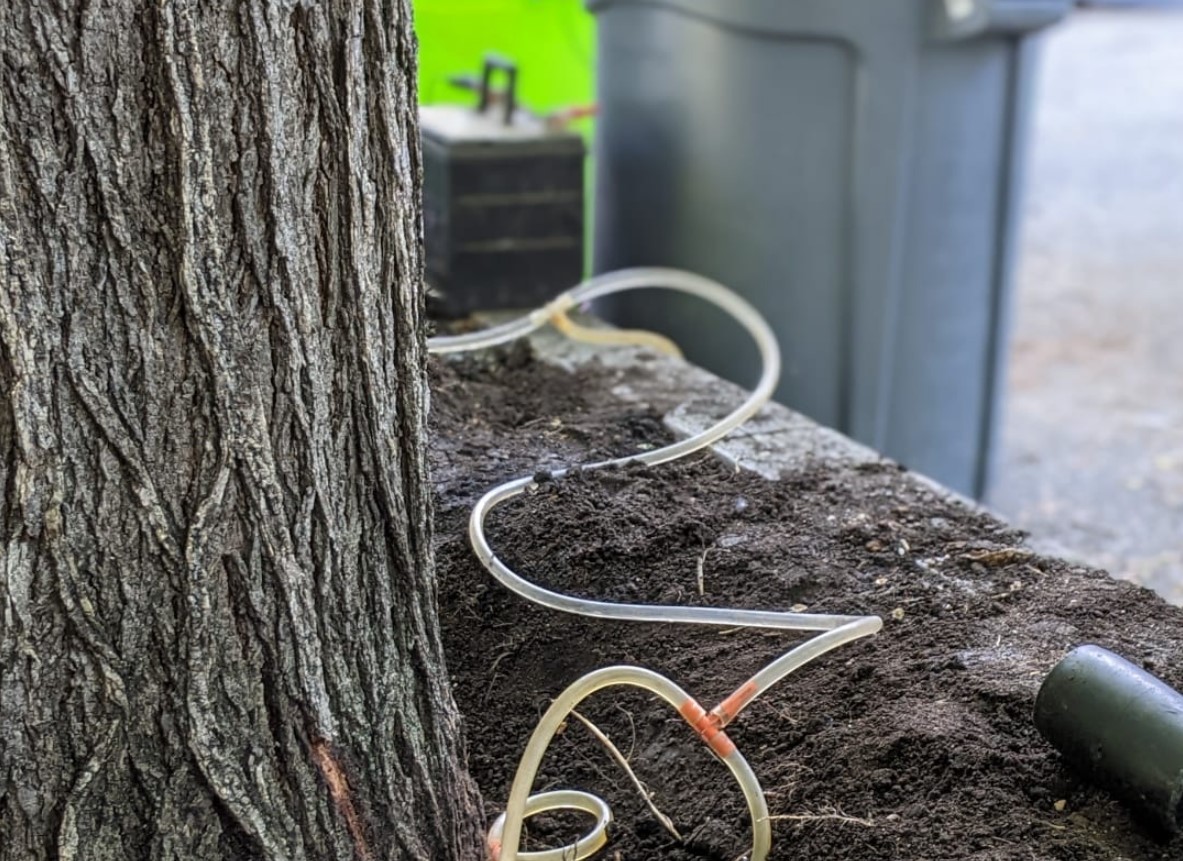
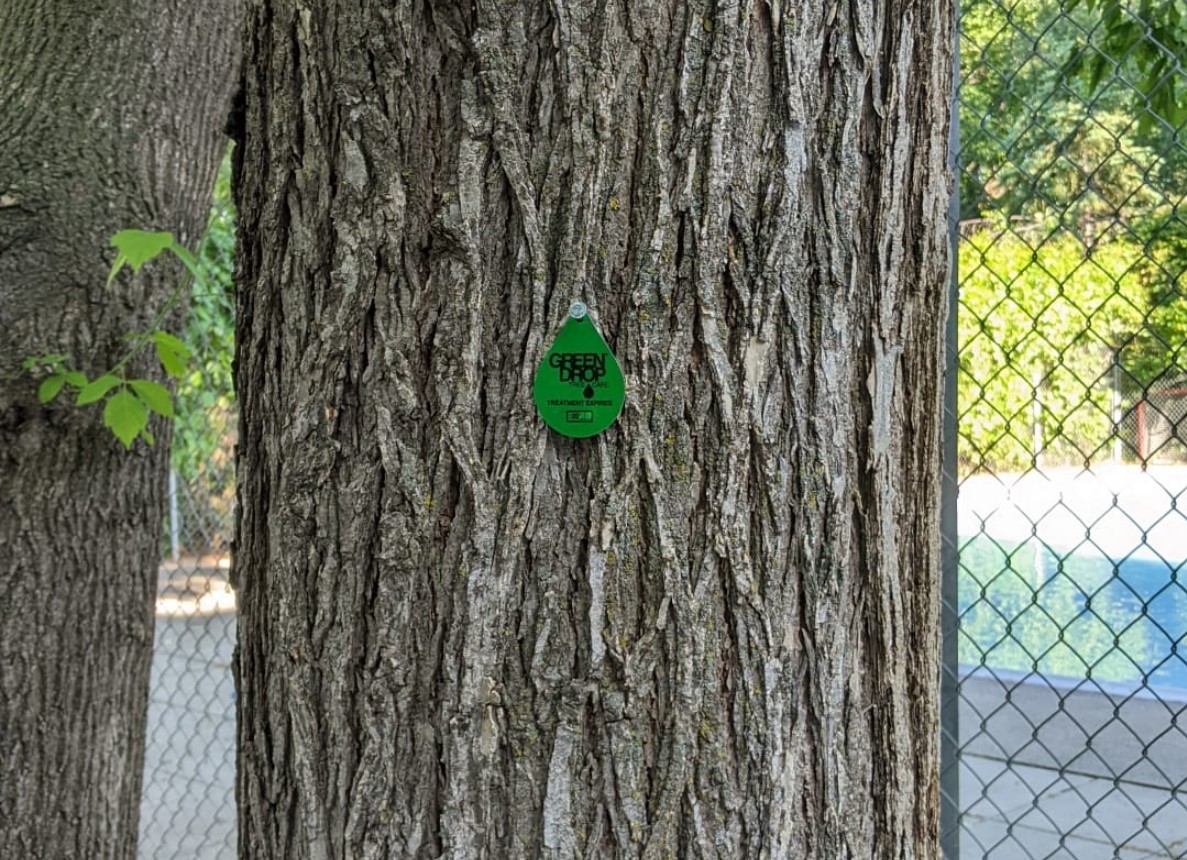
Tree Health Issues
Wondering about costs?

